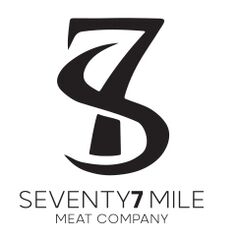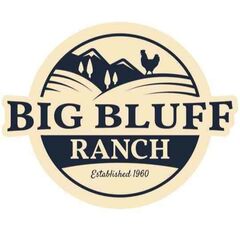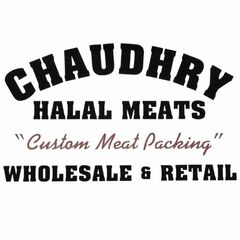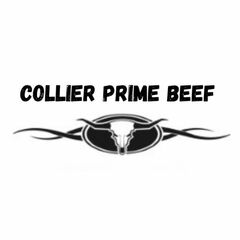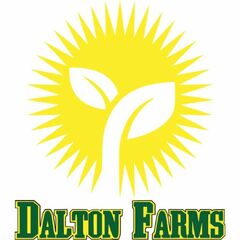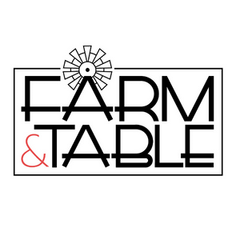Orders over $75 ship free from farms & butchers in your region!
Enter your zip code for the most accurate shipping info!
Regenerative Meat

Regenerative Meat
"Regenerative" is one of the latest buzzwords in agriculture and food production. But what does "regenerative" mean? And how can you buy regenerative meat?
What is Regenerative Farming?
Regenerative farming is a way of farming that focuses on improving and restoring the health of the soil, plants, animals, and people. It's a holistic approach that considers how everything is connected and how farming affects the environment and the community.
The main goal of regenerative farming is to build healthy soil. Healthy soil is important because it helps plants grow better and provides a home for all kinds of microorganisms that support plant growth. By using practices like cover crops, crop rotation, and reducing tillage, farmers can help improve soil health.
Regenerative farming also emphasizes diversity. Instead of growing just one kind of crop, regenerative farmers grow many different kinds of crops and animals. This helps increase biodiversity and supports a healthy ecosystem.
Another key practice in regenerative farming is reducing disturbance. By minimizing soil disturbance, such as reducing tillage, farmers can help protect soil health and reduce erosion.
Livestock are also an important part of regenerative farming. They can help improve soil health by grazing and fertilizing the soil. By integrating livestock into the farming system, farmers can also increase biodiversity and create a more sustainable agricultural system.
Finally, regenerative farming also focuses on supporting the community and social well-being. This includes creating local economic opportunities and improving the quality of life for farmers and their families.
Overall, regenerative farming is a way of farming that prioritizes the health of the soil, plants, animals, and people. By using practices that support a healthy ecosystem, farmers can create a more sustainable and resilient agricultural system that benefits everyone.
How do livestock impact regenerative farming?
Livestock play a crucial role in regenerative farming because they are essential for maintaining healthy and productive ecosystems. Livestock can help to improve soil health, increase biodiversity, and reduce the use of chemical fertilizers and pesticides.
One of the key ways that livestock can improve soil health is through grazing. When animals graze on grasses and other plants, they help to keep them trimmed and promote the growth of new shoots. This not only helps to prevent overgrowth and reduce the risk of wildfires, but it also encourages the plants to put down deeper roots, which can help to improve soil structure and increase the amount of organic matter in the soil.
Grazing animals also help to fertilize the soil with their manure. Animal manure is rich in nutrients that are essential for plant growth, such as nitrogen, phosphorus, and potassium. When animals graze and deposit their manure on the land, it helps to replenish these nutrients in the soil, reducing the need for synthetic fertilizers that can be harmful to the environment.
In addition to their role in improving soil health, livestock can also help to increase biodiversity on farms. Grazing animals help to promote the growth of a diverse range of plants, which in turn provide habitat for a wide range of wildlife, such as birds, insects, and small mammals. This increased biodiversity can help to create a more resilient ecosystem that is better able to adapt to changing environmental conditions.
Finally, livestock can help to reduce the use of chemical fertilizers and pesticides. By grazing animals on the land, farmers can reduce the need for synthetic fertilizers, which are derived from fossil fuels and can be harmful to the environment. Livestock can also help to control weeds and pests, reducing the need for chemical pesticides that can harm beneficial insects and wildlife.
Overall, livestock are an important part of regenerative farming because they can help to improve soil health, increase biodiversity, and reduce the use of synthetic inputs. By integrating livestock into the farming system, farmers can create a more sustainable and resilient agricultural system that benefits both the environment and the community.
Are ChopLocal farmers using Regenerative Farming practices?
Absolutely! There are way too many examples to list, but here are a few of the highlights:
In addition to selling beef and chicken, T-A Premium Meats also has a side business raising cover crop seeds for other farmers who want to incorporate regenerative practices.
Robbins Land and Cattle was a finalist for a national environmental stewardship award.
Ben Wever Farm has a highly diversified farm and keeps mama sheep and lambs inside a high-tunnel (like a greenhouse) during lambing season. This keeps the newborn lambs warm and fertilizes the ground that will later grow vegetables.
Big Bluff Ranch uses a rotational pasture system to raise chickens in northern California.

